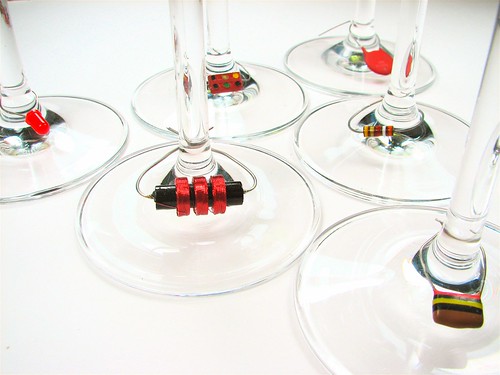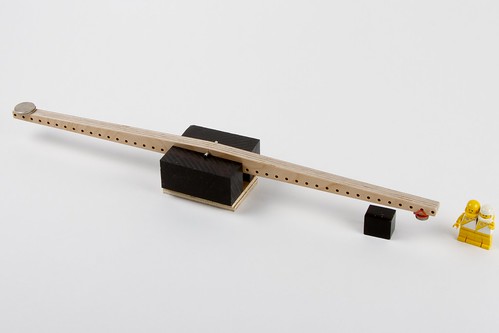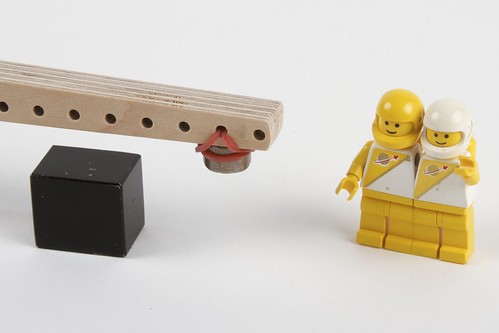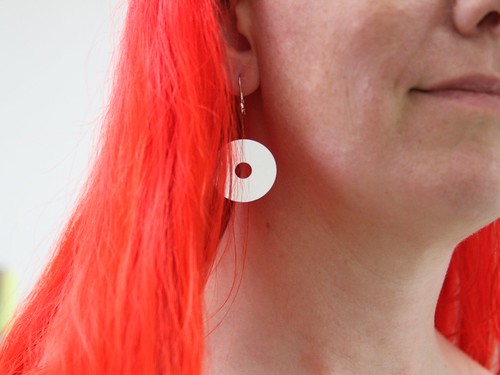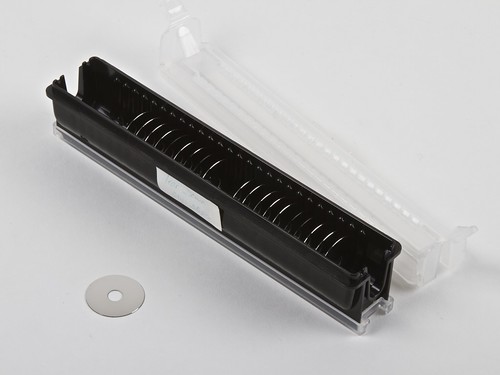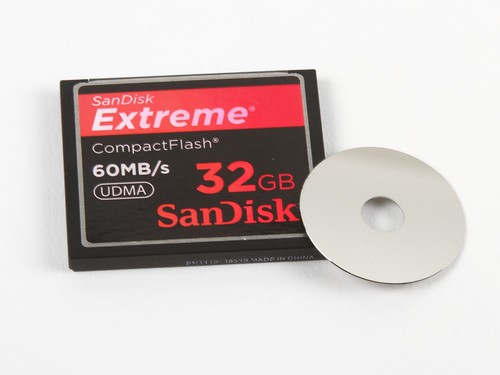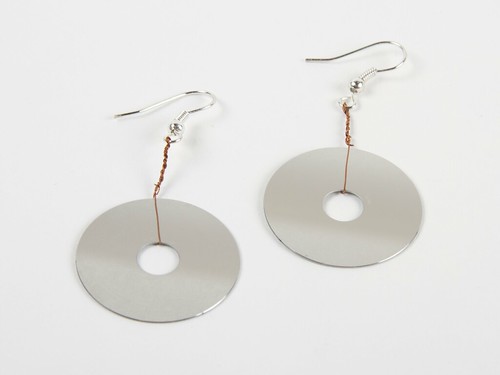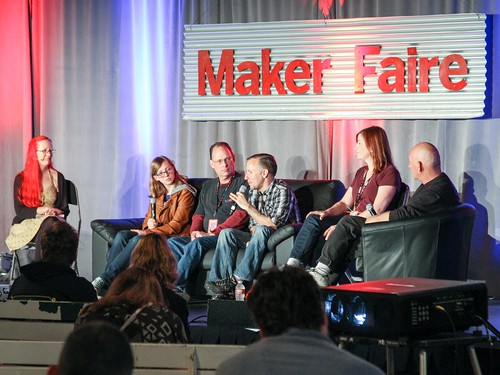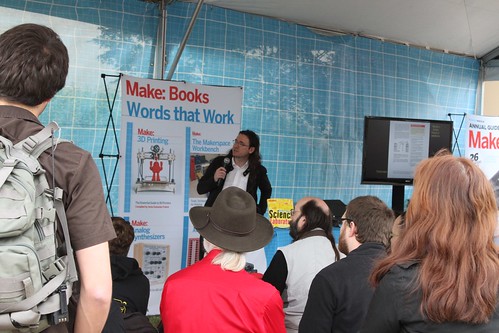Super Awesome Sylvia has posted a video report from this year’s RoboGames. Highlights include a couple of combat matches, one of Sylvia’s LEGO competitions, WaterColorBot receiving a medal, and Sylvia completely geeking out after Grant Imahara interviewed her in the audience. (For extra fun, watch the raw footage of the interview from RoboGames.) Our STEAM shirt makes a cameo, too.
All posts by Lenore Edman
WaterColorBot and BeetleBlocks
The Tinkering Studio posted on twitter:
first experiments to mash-up #watercolorbot with #beetleblocks @ericrosenbizzle @MakerSylvia @EMSL pic.twitter.com/OI8TI4dl8u
BeetleBlocks is a system for enabling people to explore algorithmic 3D geometry by snapping together Scratch-like programming blocks.

They posted a picture of the finished painting, which looks awesome.

Computationally Fabulous Scarves
Our friend fbz just launched a kickstarter campaign to create algorithmically generated scarves, each one provably unique.
KnitYak scarves ship with the specific code and generating key used to make the pattern on your scarf. There is something powerful about knowing the mathematics and code behind the pattern you are wearing.
She’ll be getting an industrial knitting machine for her company KnitYak to automate the process of manufacturing these individualized creations.

Thoughts on community
I was invited to post over at Medium from my perspective as a woman maker and entrepreneur. I wrote a bit on Flourishing in the Maker Community.
As a woman, I am often called to tell what it it is like to be a woman in my field, or to provide advice on how to get young women interested in technology. I’d much rather share the amazing things people are doing with our products. I’d much rather help someone learning about electronics to get over a hurdle to the point they are successful with a project. And I’d much rather spend my time working on projects that in their own way, help young women and men to flourish and learn.
Retro-tech Style in the New York Times
I’m excited to be included in an article on retro tech style in the New York Times today, titled Nintendo 64s and Vintage PlayStations as Home Décor.
Not surprisingly, these techie hobbyists share their passion in online communities. One of the more popular forums is a D.I.Y. tech blog run by Evil Mad Scientist Laboratories, a family company in Sunnyvale, Calif., that produces open-source hardware. The site features tutorials on making earrings out of linear regulator chips, wine charms from capacitors and a wooden footstool in the shape of a classic 555 integrated circuit chip from the ’70s.
A Diamagnetic Demonstration
Our friends stopped by with a simple apparatus to demonstrate the diamagnetic properties of bismuth metal. Diamagnetism is a extremely weak magnetic effect — generally orders of magnitude weaker than everyday permanent magnets, which exhibit ferromagnetism. However it is also an extremely interesting effect because diamagnetic materials are repelled by magnetic fields. This is different than the case with ferromagnets, where one pole of a magnet repels another — rather, the entire material is (weakly) repelled by any magnetic pole.
Now, how might one observe such a weak effect? One way is to build a magnetic levitation rig, but the field configurations there are a little less obvious. With a simple but sensitive balance, we can see the repulsion directly. The balance above has a long wooden beam, a central pivot on two blocks of plastic, and a couple of coins on the far end for counterbalance.
At the business end of the scale, there is a cylinder of bismuth metal about 1 cm in diameter, held in place by a rubber band. We also have a larger rectangular block, which is our test magnet, made of grade N50 NdFeB and painted black. And finally, the Lego Astronaut Twins are here helping out as a scale and position reference.
Moving the block magnet beneath the bismuth, we can see what happens in an animated GIF:
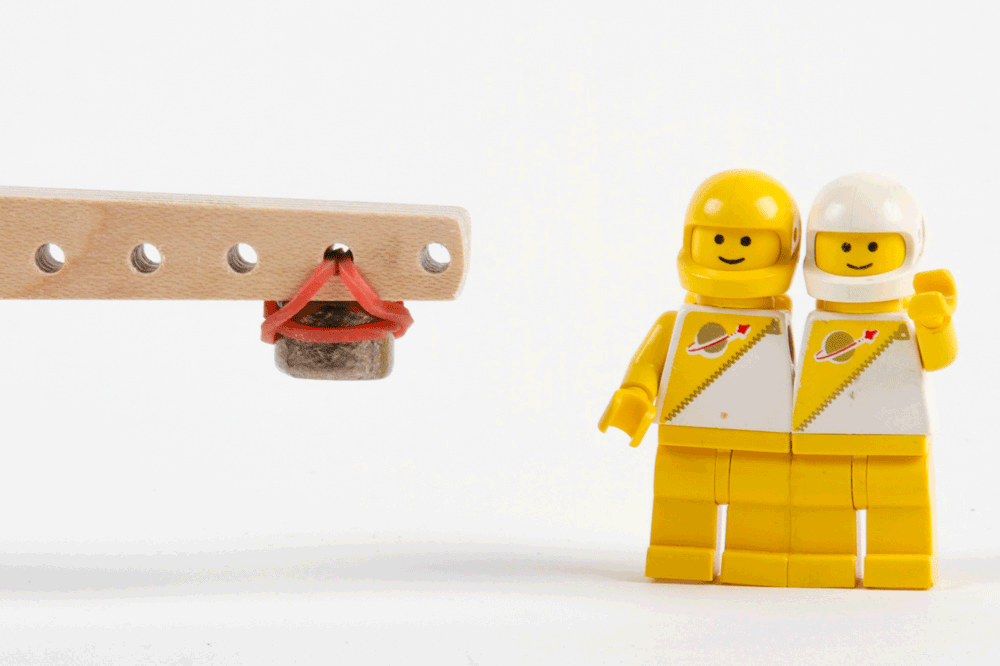
After the balance settles, the resting position of the end with the bismuth is considerably higher. With some calibration in terms of weights and/or positions, one could even measure the exerted force with some precision.
A slight improvement to this apparatus would be to reverse the roles of the bismuth and the block magnet. That is, to affix the magnet to the arm of the balance, and to slide the bismuth beneath it instead. You could then use a nearby block of aluminum to damp the motion of the beam through magnetic (eddy current) damping. Many commercial balance-beam type scales already use magnetic damping so that they settle down to their final values faster.
Dark Detecting LED in Dutch

Marten just posted a set of instructions in Dutch based on our Dark Detecting LED project. He’s added it to a set of maker resources for Dutch educators. He’s also made a variant on our BristleBot, named Bob the Borstelbot.
Hard Drive Earrings
The newest in my collection of geeky jewelry: glass hard drive platter earrings.
We picked up a tray of tiny glass platters at a local surplus shop some time ago, marked “Tear Down Qty: 25 pcs.”
These one inch platters were used in Microdrives, which were designed to fit into CompactFlash card slots. (Shown with CompactFlash card above for scale.) They were used in (among other things) the iPod mini. After 2006, CF cards outpaced the capacity of the fragile Microdrives, and they’re no longer manufactured.
The platters are attached to the earring hooks with magnet wire. They’re incredibly reflective, and everywhere I wear them, spots of light are dancing around me.
Related: Hard Drive Wind Chimes
The Tenth Bay Area Maker Faire
The 10th Bay Area Maker Faire was absolutely awesome. We reconnected with old friends, made new ones, and talked a whole lot. Above, my panelists talking about the past ten years of Maker Faire. Below, Windell talking about his new book, The Annotated Build It Yourself Science Laboratory. We saw many amazing things, some of which we captured with our camera sensor and have posted in a flickr album here.
Build It Yourself Science on the Make Blog

The Make Blog is featuring some excerpts from The Annotated Build It Yourself Science Laboratory.
In modern times, our contemporary Maker and Maker education movements have helped to rekindle our cultural interest in hands-on education, especially in the STEM and STEAM fields, in a way that hasn’t been seen since the 1960s — which is why it’s such a good time to bring this book back.




